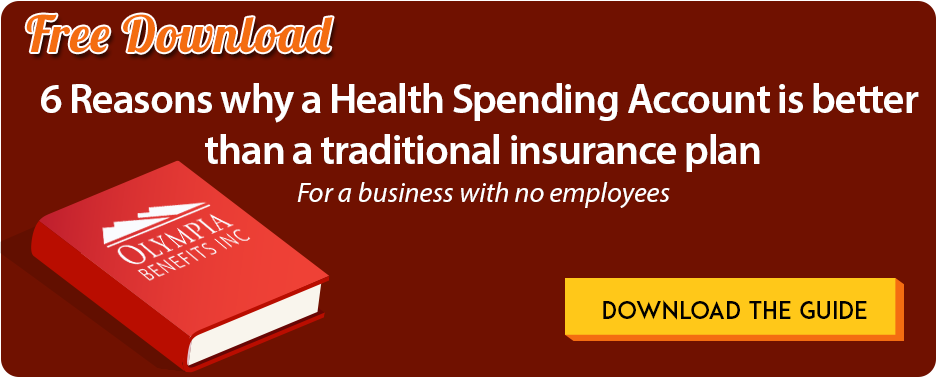We are experiencing connectivity issues with our server. All Olympia Benefits platforms have been impacted.
Thank you for your patience and we apologize for the inconvenience.
We are experiencing connectivity issues with our server. All Olympia Benefits platforms have been impacted.
Thank you for your patience and we apologize for the inconvenience.
More Info

If you own a business with arm's length employee, check out this guide instead: